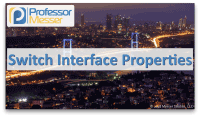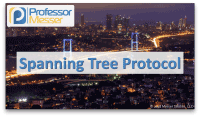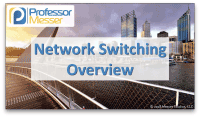IGP and EGP – CompTIA Network+ N10-007 – 1.3
Choosing a dynamic routing protocol is an important network design consideration. In this video, you’ll learn about autonomous systems, interior gateway protocols, and exterior gateway protocols. << Previous Video: Static and Dynamic Routing Next: Dynamic Routing Protocols >> Before we get into our discussion of an interior gateway protocol and an exterior gateway protocol, we …










